- Details
Improving internal efficiency

The LexisPSL Local Government team provide a checklist for a continuous improvement model in the context of contemplating the delivery of shared legal services.
The concept of obtaining more for less is not controversial but creation and implementation of a strategy to drive internal efficiency can be, unless fully focused and clear.
There are a number of continuous improvement models recommended by management consultants.
The checklist below summarises the most simple to use in the context of contemplating the delivery of shared legal services. It is known as the DMAIC model and requires a sequential analysis of each of five stages:
● define or identify the area for improvement;
● measure;
● analyse;
● improve;
● control.
This process will need to be repeated in relation to each area for improvement. It is sensible to prioritise analysis of the key performance indicators (KPIs) for a legal department, for example the core KPI of any legal department is the delivery of legal services. When arranging shared legal services previously provided by a number of different legal departments, an immediate efficiency saving may be the adoption of common working practices.
Remember that the tool is adaptable to fit any process and there are no constraints on how it can be used.
| Step | What does this step involve? | Why it is important |
| Define (identify) | Identify what the issue or problem is. The scope of the problem needs to be defined and the symptoms stated clearly and succinctly.
The problem may not be cast in stone at this point; you may have defined what you believe the problem to be but once you have complete steps 2 and 3 the 'problem' may need to be redefined. For example, you may start by defining the problem as being: “we currently use too many different processes to achieve the same objective”. After measuring and analysing the problem this might be restated as: “we need to create new internal best practice guidance”. |
It will give the project a clear focus and enable to you explain to everyone exactly what you hope to achieve. |
|
Measure |
Measure the cost and effect of the problem.
Typical questions you need to be asking during this stage to understand the issues around the working practices are: ● how many protocols are in place and how closely are they adhered to?
|
You may also reach an incorrect conclusion about what the cause of the problem is or the problem may be bigger, or smaller, than you have imagined. |
| Analyse |
Once you have all the data from your measurements you can then get to the heart of the problem. During this stage you will pinpoint the bottlenecks that give rise to duplication of resources. |
You need to consider and test theories about the causes of the problem you are seeing and focus on the main root cause or causes. You also need to establish the priorities as it is unlikely you will be able to change everything at once. |
| Improve |
During this stage, several sequential activities need to be performed: When evaluating different possible solutions the costs of the solutions need to be compared to the costs of the problem in order to establish a robust business case. |
The key factors in this stage are creativity and feasibility, i.e. generating a range of possible solutions and then evaluating them to determine the best route forwards. Try to involve a number of people when generating possible solutions to give yourself a broad span of ideas and creative solutions and maximise the prospects of your staff accepting any process changes. |
| Control |
This stage is all about embedding the new processes so they become business as usual. This may include monitoring the process more closely for a time and providing additional support and training as and when required. It may also be advisable, depending on the size of the new process, to include it within appraisal criteria, so its importance is understood by all employees. |
During this stage you need to re-measure the process so you can compare the data to the measurements taken earlier in the project and establish whether or not it is delivering the desired and anticipated improvements. It is a good idea to make all measurement data as transparent and public as possible, so far as confidentiality allows, in order for employees to see the difference the new process has made. |
If you would like to read more quality articles like this, then register for a free 1 week trial of LexisPSL at www.lexisnexis.co.uk/en-uk/products/pslfreetrial.page
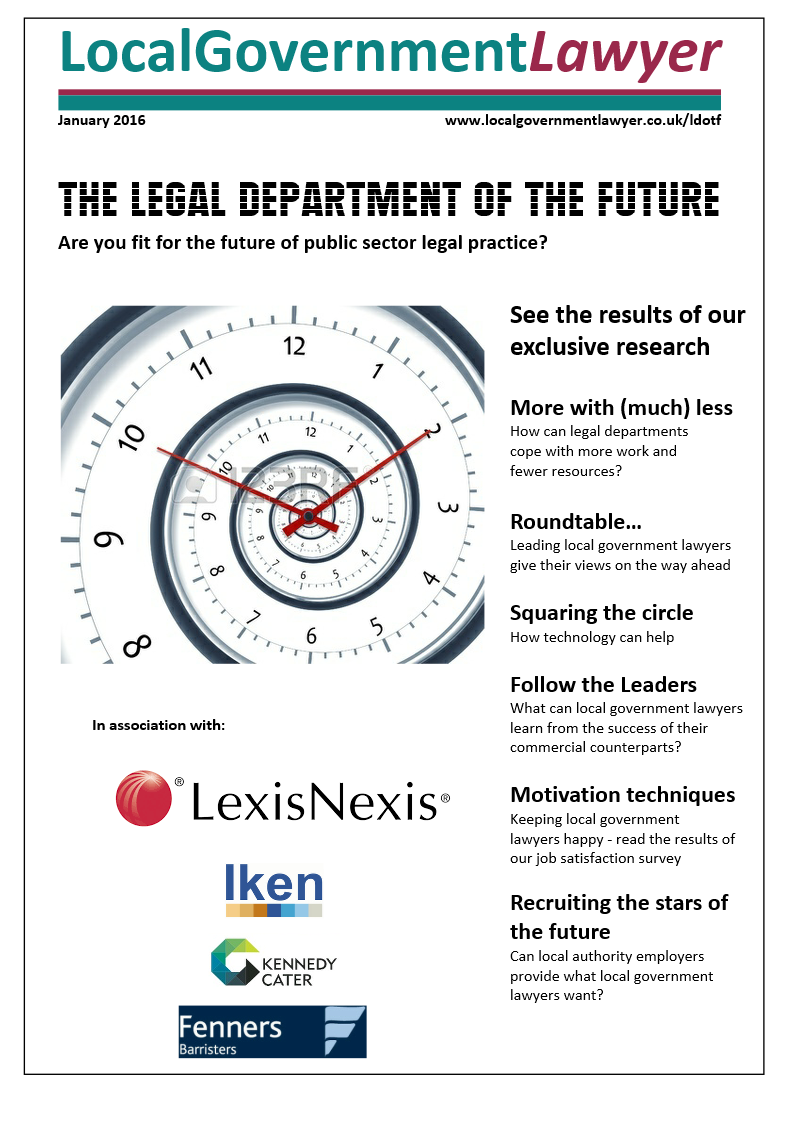 This article appeared in the Legal Department of the Future report, published in February 2016. To read or download the full report, please click on the following link: http://www.localgovernmentlawyer.co.uk/ldotf/
This article appeared in the Legal Department of the Future report, published in February 2016. To read or download the full report, please click on the following link: http://www.localgovernmentlawyer.co.uk/ldotf/
Deputy Director Legal and Democratic Services
Legal Adviser
Solicitor/Lawyer (Contracts and Procurement)
Contracts Lawyer
Lawyer (Planning and Regulatory)
Solicitor - Litigation
Governance Lawyer
Antisocial Behaviour Legal Officer
Regulatory/Litigation Lawyer
Legal Director - Government and Public Sector
Locum roles
 Masterclass – MCA and Court of Protection - Legal Update - Peter Edwards Law Training
Masterclass – MCA and Court of Protection - Legal Update - Peter Edwards Law Training
21-01-2026
Online (live)
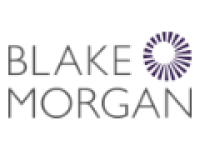 Managing settlements: the legal and practical issues, and the pitfalls to avoid - Blake Morgan
Managing settlements: the legal and practical issues, and the pitfalls to avoid - Blake Morgan
22-01-2026 10:00 am
Online (live)
 Children and Young People (DoL, Competency and Capacity) - Peter Edwards Law Training
Children and Young People (DoL, Competency and Capacity) - Peter Edwards Law Training
28-01-2026
Online (live)
 HMPL Building Blocks: Legal Tools to Combat Anti-Social Behaviour - Devonshires
HMPL Building Blocks: Legal Tools to Combat Anti-Social Behaviour - Devonshires
17-02-2026
Online (live)
 Freedom of thought, belief and religion: Article 9 ECHR - Francis Taylor Building
Freedom of thought, belief and religion: Article 9 ECHR - Francis Taylor Building
19-02-2026
Online (live)
 Grappling with S73 - variations of conditions applications or appeals - Ivy Legal
Grappling with S73 - variations of conditions applications or appeals - Ivy Legal
09-03-2026
Online (live)
 HMPL Building Blocks: Tenancy Management – Assignment, Mutual Exchange and Succession - Devonshires
HMPL Building Blocks: Tenancy Management – Assignment, Mutual Exchange and Succession - Devonshires
12-03-2026
Online (live)
 Section 31(2A) Senior Courts Act: where have we got to? - Francis Taylor Building
Section 31(2A) Senior Courts Act: where have we got to? - Francis Taylor Building
18-03-2026 1:00 pm
Online (live)
 Save the Date: The Law of Public Rights of Way, Commons and Town or Village Greens Seminar (Hybrid) - Francis Taylor Building
Save the Date: The Law of Public Rights of Way, Commons and Town or Village Greens Seminar (Hybrid) - Francis Taylor Building
25-03-2026
London
 HMPL Building Blocks: A Housing Officer’s Guide to Court Proceedings - Devonshires
HMPL Building Blocks: A Housing Officer’s Guide to Court Proceedings - Devonshires
14-04-2026
Online (live)

















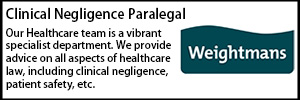
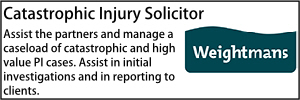






























































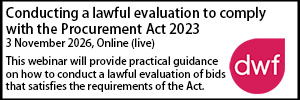





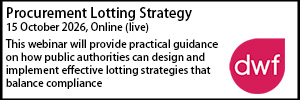




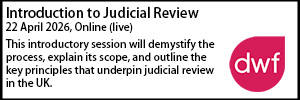





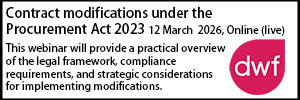
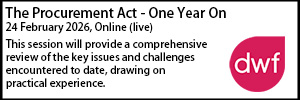

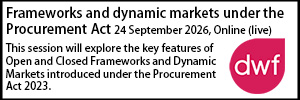


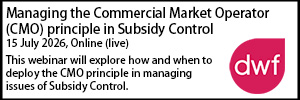


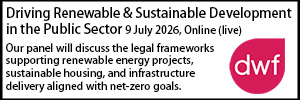





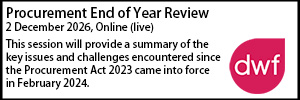


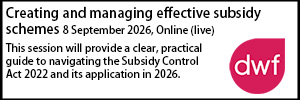




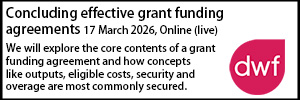


 First Aid Level 3 - LBL Skills
First Aid Level 3 - LBL Skills  Capsticks Housing Diploma
Capsticks Housing Diploma  Standish 18 months on - 42BR
Standish 18 months on - 42BR  Accelerating EV Charging Infrastructure in the Public Sector - DWF
Accelerating EV Charging Infrastructure in the Public Sector - DWF  Building Safety Act Conference 2026 - Landmark Chambers
Building Safety Act Conference 2026 - Landmark Chambers 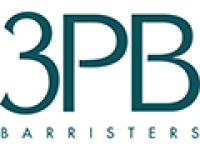 Education Law Conference - 3PB
Education Law Conference - 3PB  Annual Planning Seminar 2026 - No.5 Barristers
Annual Planning Seminar 2026 - No.5 Barristers 